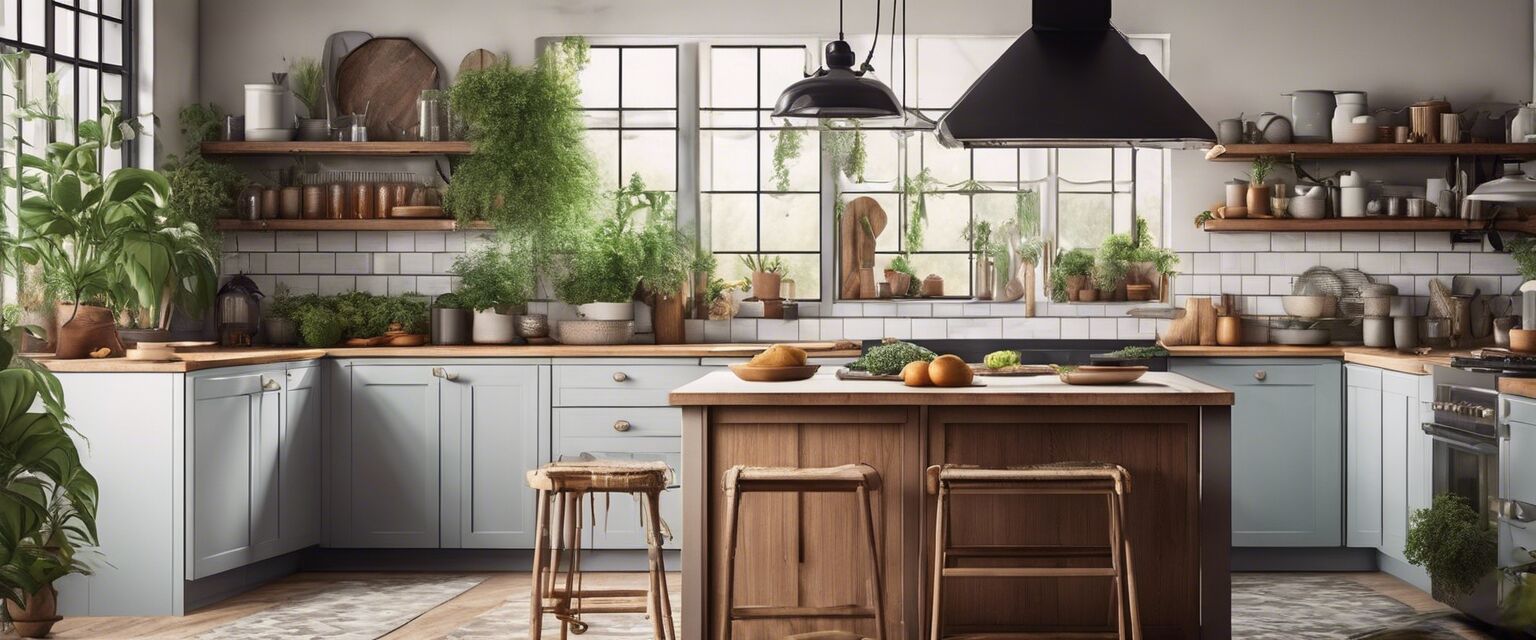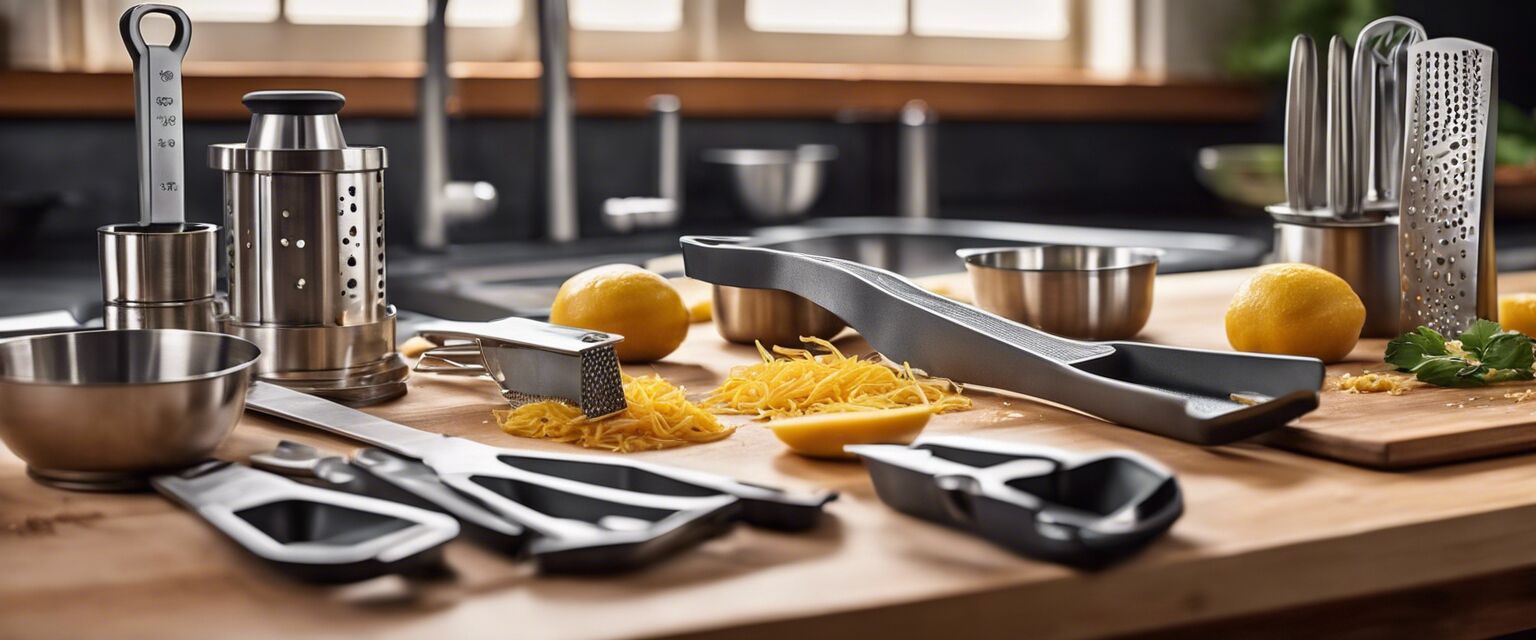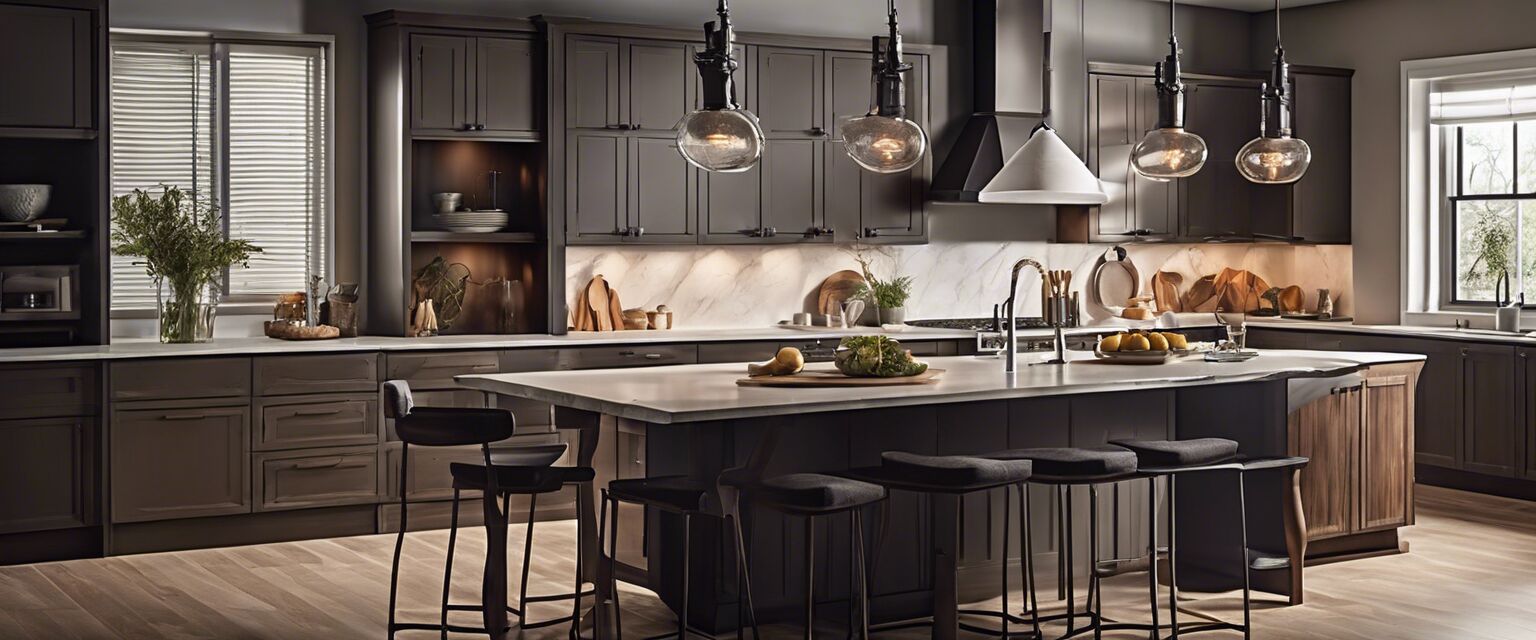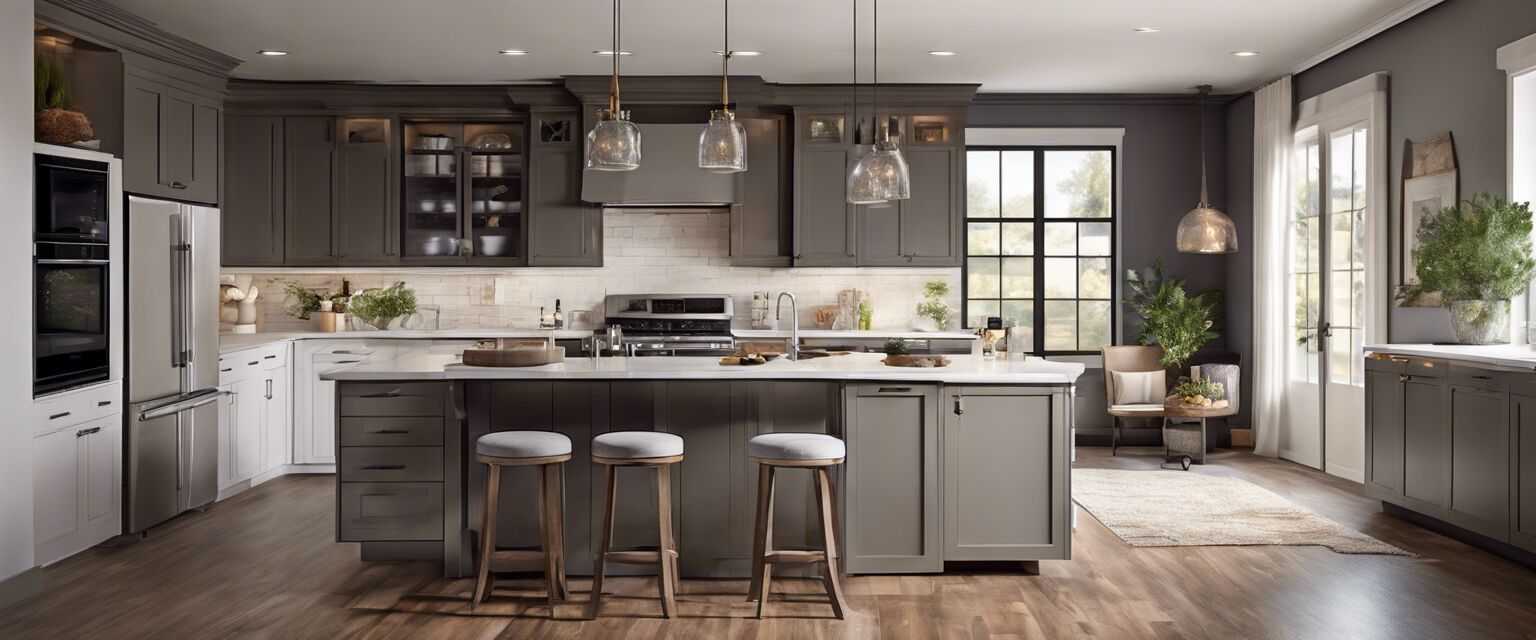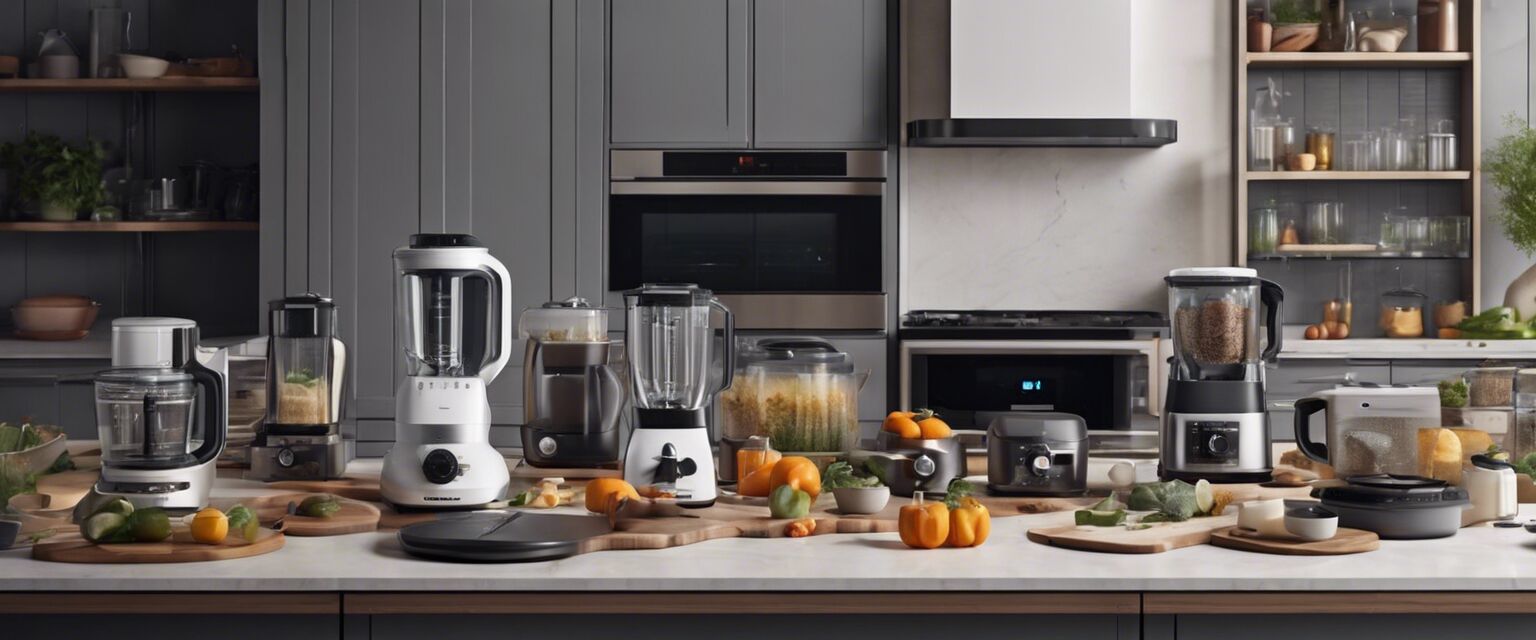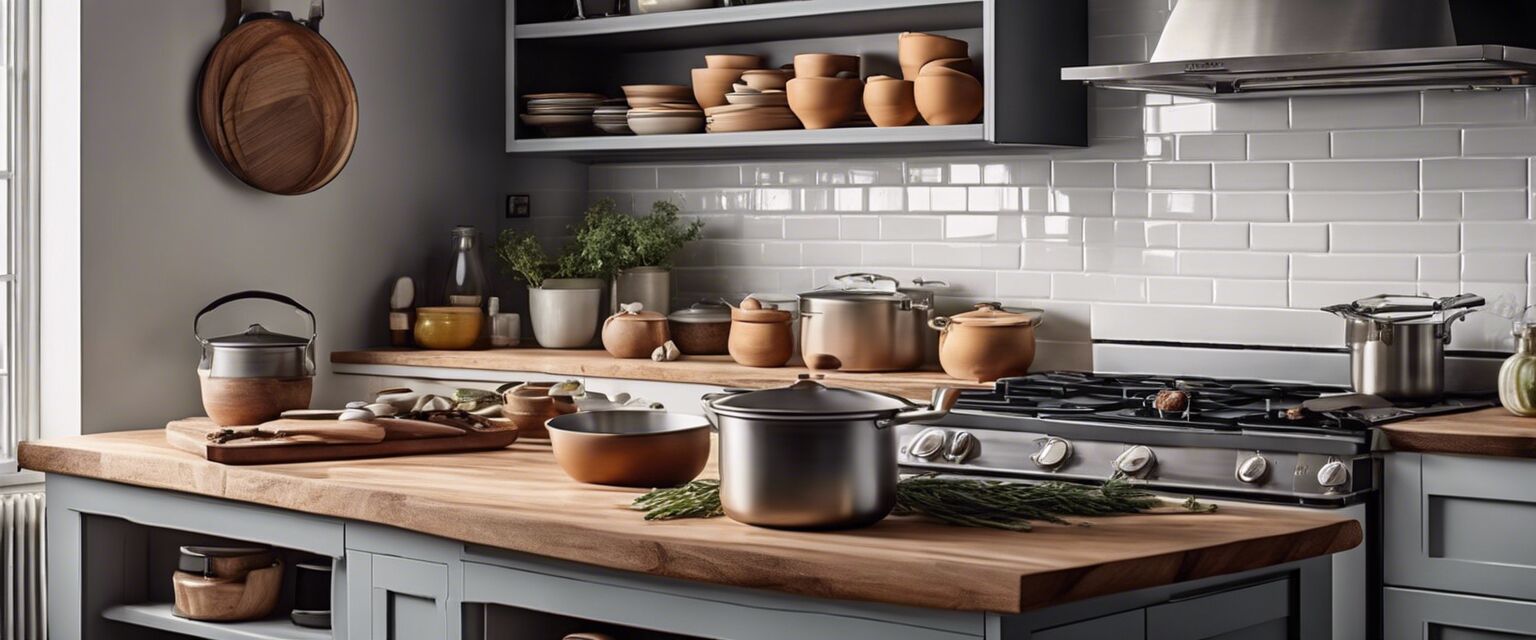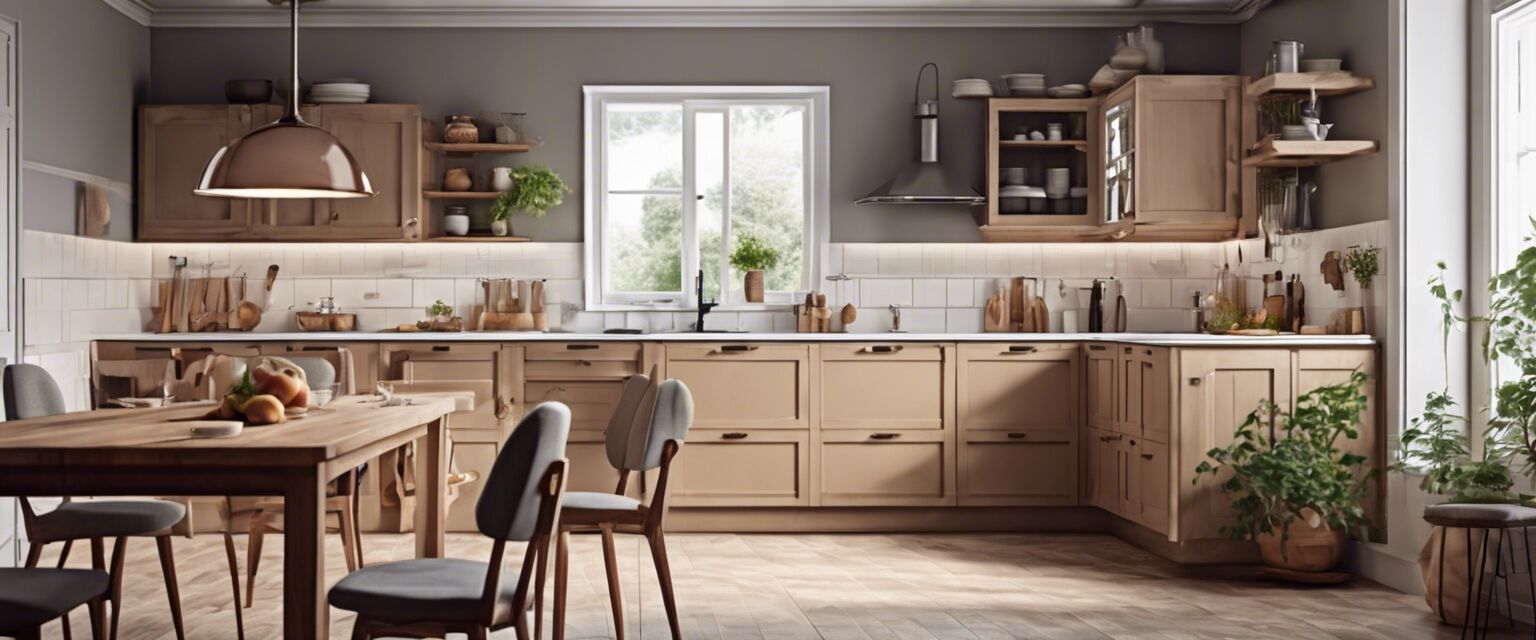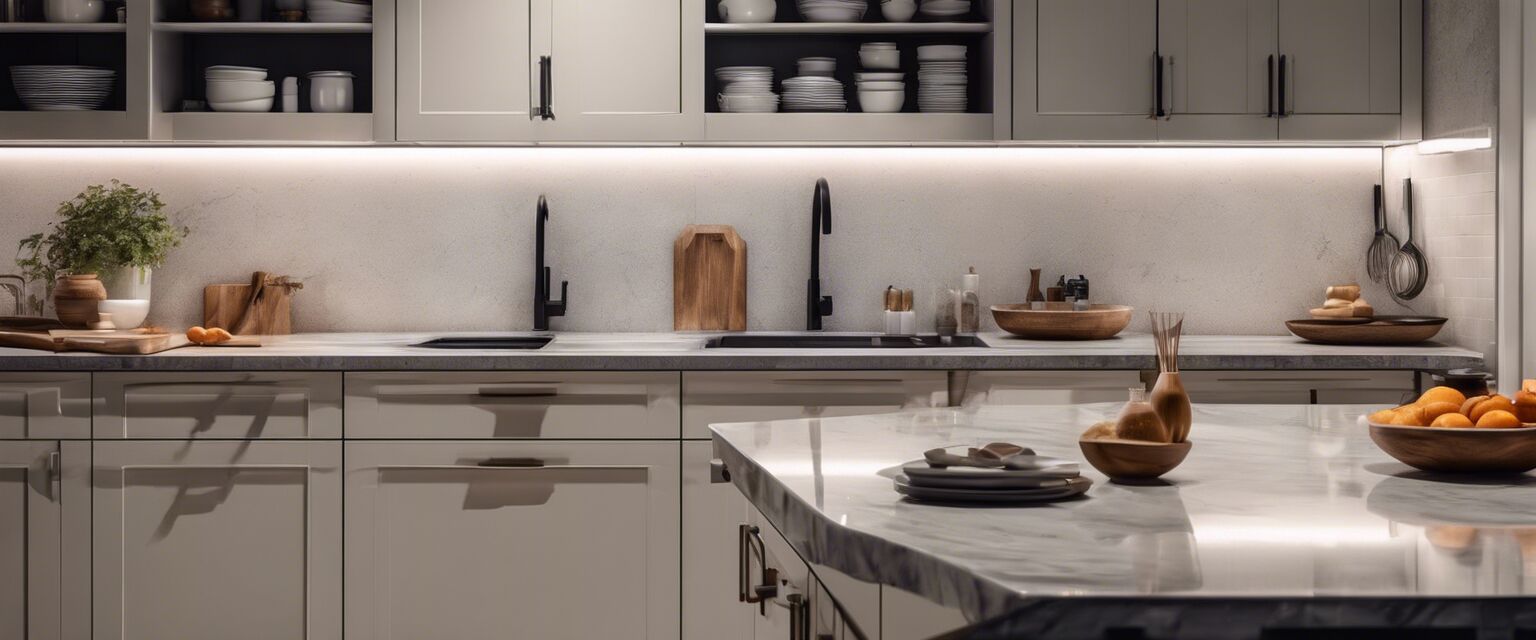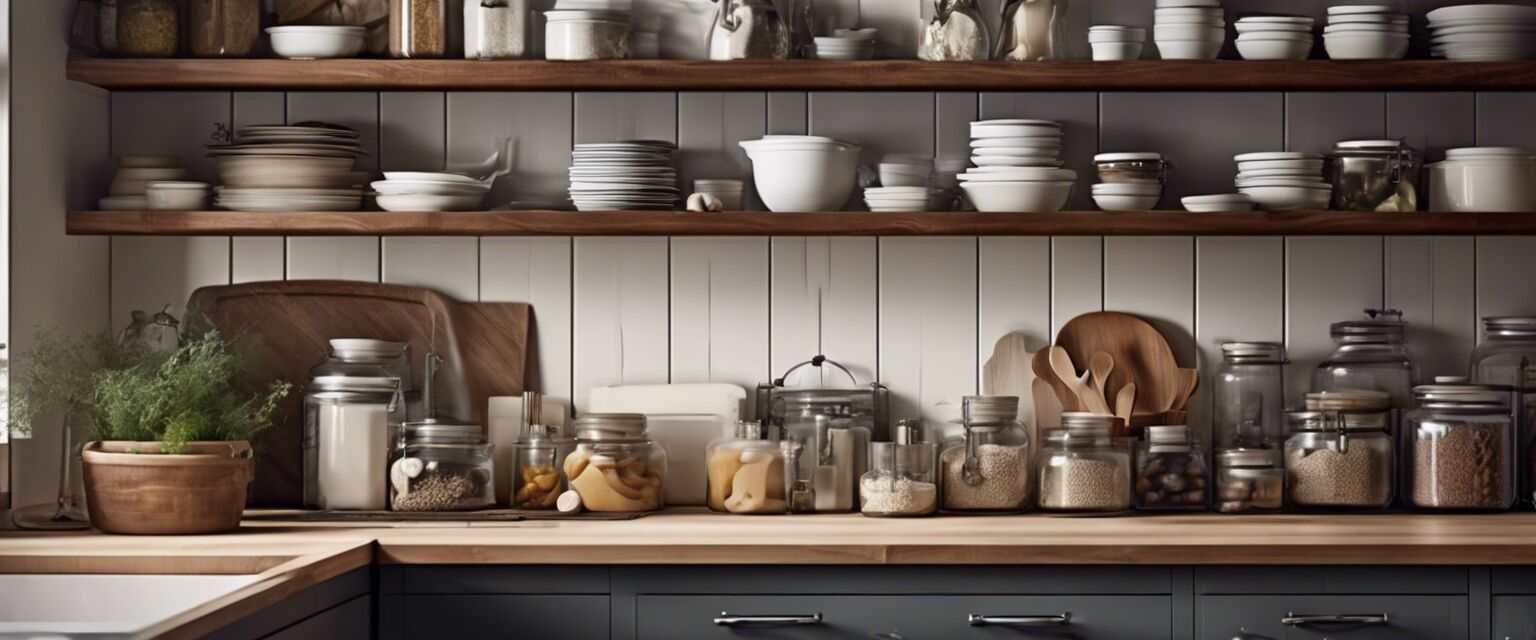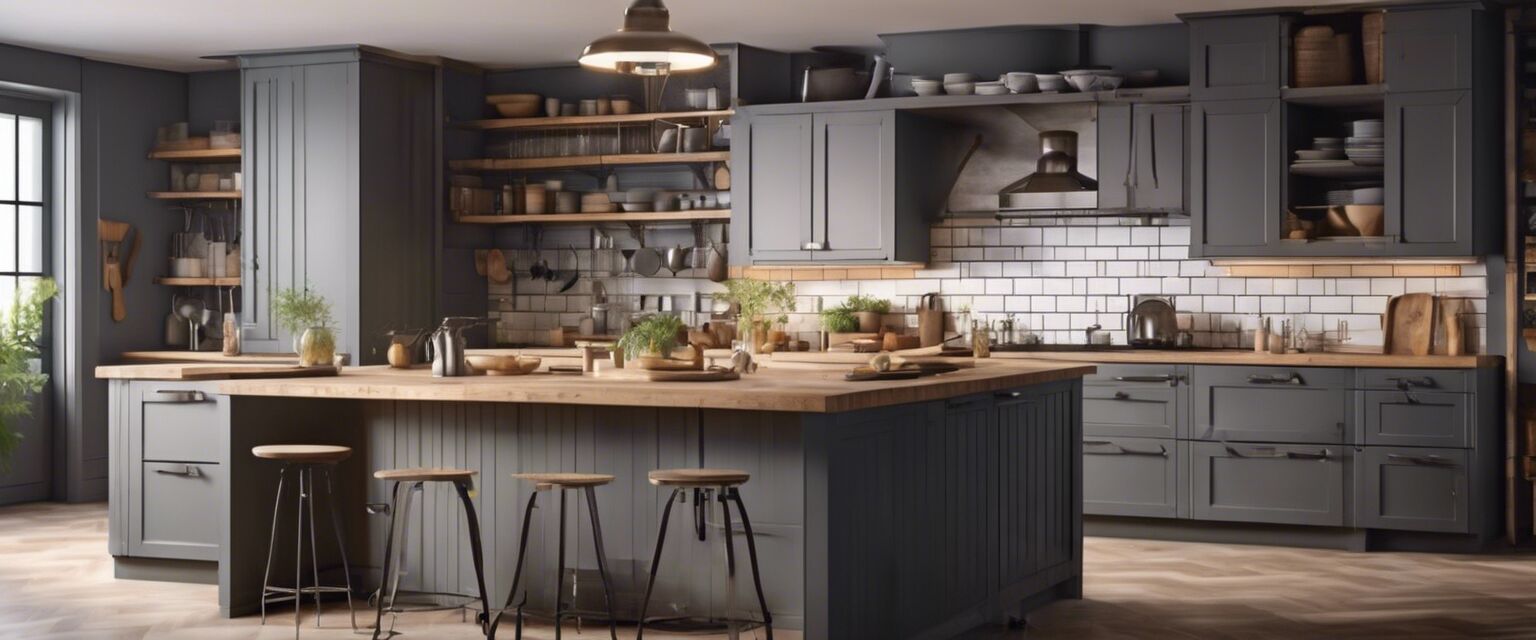
Kitchen Safety
Key Takeaways
- Maintain a clean and organized kitchen to prevent accidents.
- Use quality utensils and appliances to ensure effectiveness.
- Follow safe food handling guidelines to minimize risks.
- Be aware of fire safety and emergency procedures.
- Invest in safety gear and tools.
Kitchen safety is a vital aspect of any home. It not only involves using the right tools and products but also adopting practices that help prevent accidents and injuries. In this article, we will explore essential kitchen safety tips, guidelines, and products that can help you create a secure cooking environment.
Essential Kitchen Safety Tips
| Tip | Description |
|---|---|
| Keep knives sharp | Sharp knives are safer than dull knives as they require less force to cut. |
| Organize your workspace | Maintain a clutter-free area to reduce the chances of accidents. |
| Store heavy items wisely | Place heavier items on lower shelves to avoid injuries. |
| Use oven mitts | Always use insulated oven mitts to handle hot cookware. |
| Stay alert | Avoid distractions while cooking, such as mobile devices. |
Safe Food Handling Guidelines
Safe food handling is critical in preventing foodborne illnesses. Here are some best practices:
- Always wash your hands with soap and water before handling food.
- Keep raw meat separate from other foods to avoid cross-contamination.
- Store food at safe temperatures; refrigerate perishable items within two hours.
- Cook foods to the appropriate internal temperatures.
Fire Safety in Your Kitchen
Understanding fire safety can save lives. Here's how to stay prepared:
- Keep a fire extinguisher nearby and ensure it's suitable for kitchen fires.
- Avoid leaving cooking unattended, especially when frying.
- Know how to use your fire extinguisher correctly.
- Keep flammable materials away from the stove and oven.
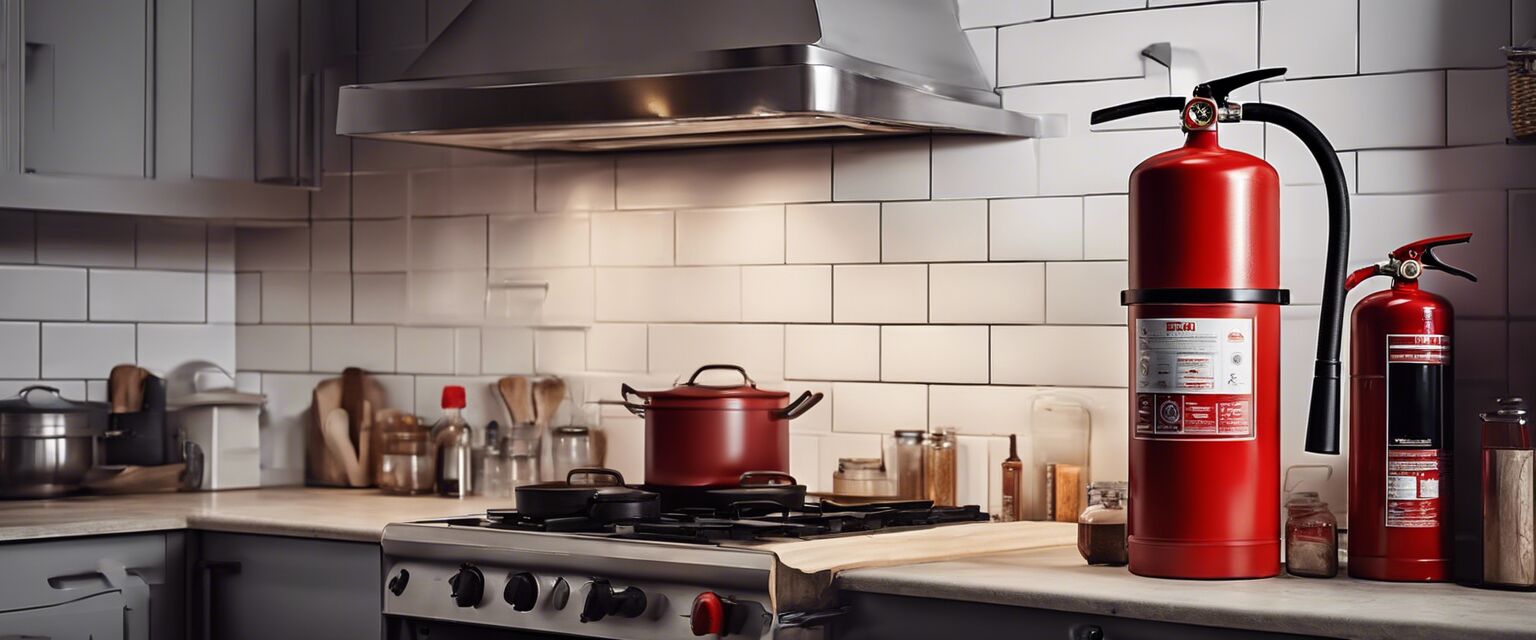
Must-Have Kitchen Tools for Safety
Equipping your kitchen with essential tools not only aids cooking but ensures safety:
| Tool | Purpose | Safety Features |
|---|---|---|
| Cutting Board | Protects countertops and provides a clean surface for cutting. | Non-slip base to prevent movement. |
| Chef's Knife | Versatile for various cutting tasks. | Ergonomic handle for better grip. |
| Fire Extinguisher | Essential for putting out small kitchen fires. | Easy to operate and clearly labeled. |
| Oven Mitts | Protects hands from burns when handling hot items. | Heat-resistant materials. |
| Food Thermometer | Ensures food is cooked to safe temperatures. | Accurate readings with user-friendly design. |
Best Kitchen Safety Products
In addition to following safety guidelines, investing in quality safety products is important. Some beneficial categories include:
- Cutlery - High-quality knives that ensure safety and efficiency.
- Cookware - Pans and pots with safety features.
- Storage Solutions - Proper storage to keep harmful items safely away.
- Cleaning Tools - Ensure cleanliness to minimize kitchen hazards.
- Small Appliances - Devices with built-in safety features.
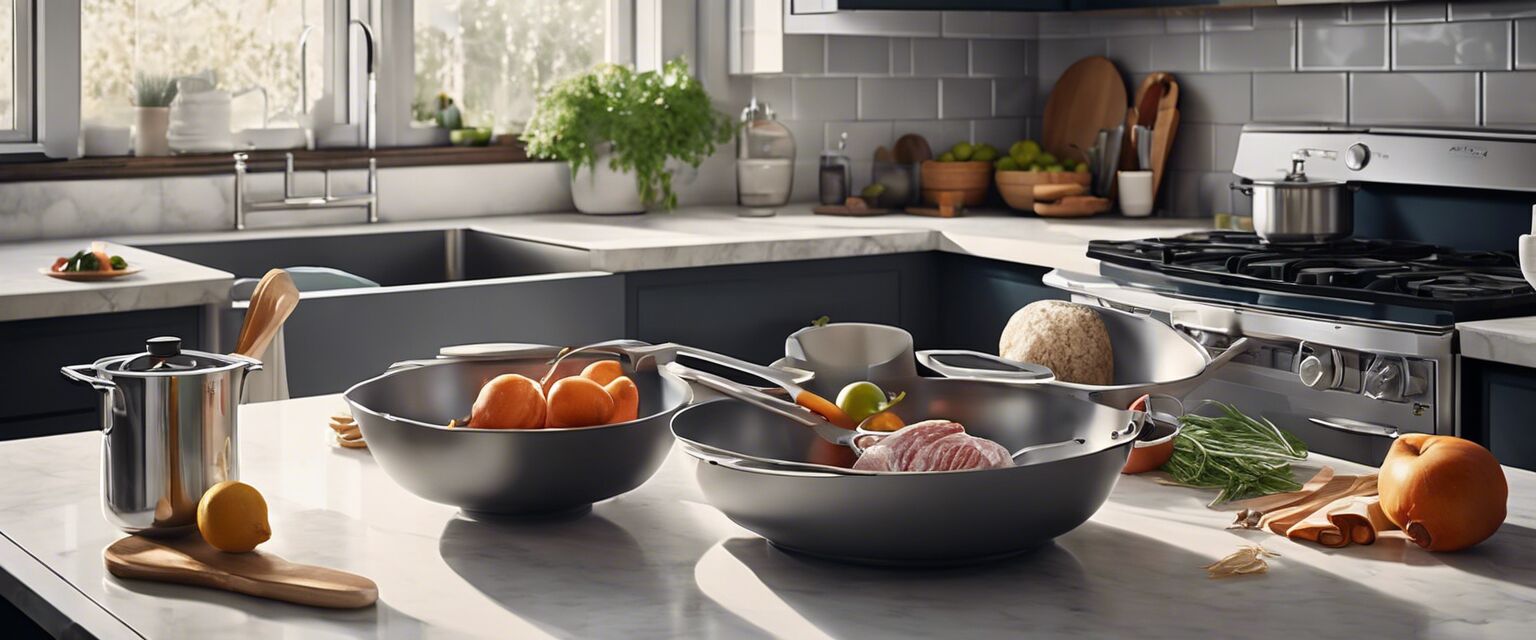
Conclusion
Creating a safe kitchen environment requires the right knowledge and products. By following these guidelines and investing in quality tools, you can significantly reduce the risk of accidents in your kitchen. Prioritize safety for a healthy and enjoyable cooking experience!
Pros
- Increases overall kitchen safety.
- Encourages best practices in food preparation.
- Enhances cooking efficiency with the right tools.
- Improves overall cleanliness and organization.
Cons
- Initial investment in quality products may be high.
- Continuous learning and adaptation required.
- Some safety measures may require additional space or adjustments.
Beginners Section
- Start with the basics: Understand how to handle knives safely.
- Practice measuring ingredients accurately for better outcomes.
- Familiarize yourself with kitchen emergency protocols.
- Join cooking classes to learn safe practices hands-on.
